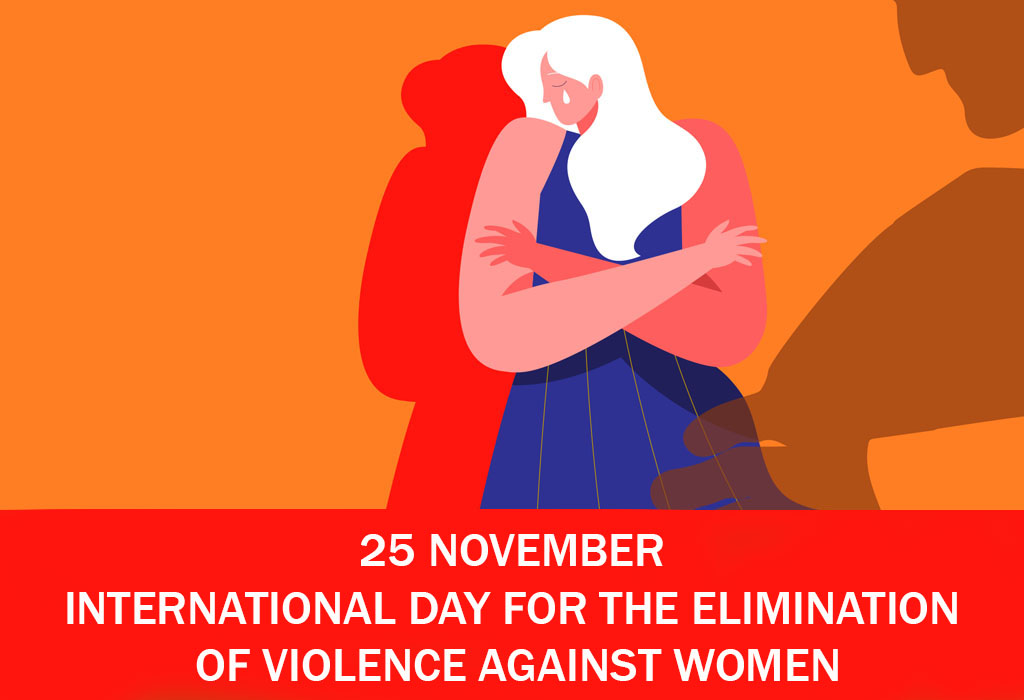In the first decade of this century, the European Union adopted several instruments with relevance for criminal detention and alternatives. The potential of some of these instruments in terms of their stated goals should be further tapped to ensure an effective area of justice. Doing so would lead gains in terms of:
- Increased mutual trust between the EU Member States;
- Better compliance with international human rights law obligations of the EU Member States;
- Cost savings;
- Reduced recidivism.
The 2002 European Arrest Warrant is relatively well-known in the EU, this is much less the case for the three somewhat similar instruments adopted in 2008–2009 (see Criminal detention and alternatives): the Framework Decisions on transfer of prisoners (2008/909), probation and alternative measures (2008/947) and the so-called European Supervision Order (2009/829), that all were to have been implemented by late 2012. Actually it took several more years to implement them, and the actual application to date has not been that significant, even though the usage is increasing. There are several reasons for the slow implementation and low usage but rather than focusing on these, the listed four points on potential gains will briefly be explored.
Mutual trust
Firstly, mutual trust in criminal justice is not self-evident. Justice professionals in a Member State do not necessarily perceive of, or know, justice, prison or probation systems in other EU Member States to be at a ‘sufficient level’ to transfer a suspect, accused or sentenced person without reflection. The Court of Justice of the European Union in the important Aranyosi and Căldăraru ruling (Joined Cases, C-404/15 and C-659/15 PPU, Pál Aranyosi and Robert Căldăraru, 5 April 2016) underscored that there is even an obligation (in relation to an EAW) to consider detention conditions before proceeding with a transfer. The better the situation of fundamental rights is, such as detention conditions, the stronger the mutual trust. Making use of the actual overarching goals of the three Framework Decisions from 2008 and 2009, of social rehabilitation and greater use of alternatives to detention, would boost mutual trust among the EU Member States.
Better compliance
Secondly, international human rights law, such as expressed in Article 6.1 of the so-called Tokyo Rules (the UN Standard Minimum Rules for Non-custodial Measures), refers to pre-trial detention as a means of “last resort” as does Article 37 (b) of the UN Convention on the Rights of the Child. Detention as a last resort is in particular the requirement during pre-trial, when the suspected or accused person should enjoy the presumption of innocence. Statistics such as that from the EU-funded, Council of Europe data (SPACE) show that overcrowding is a fact in several EU Member States, and the sheer number of detentions indicates that detention is far from being the last resort. As someone suggested in a discussion on alternatives to detention: we should not talk about alternatives to detention but about alternatives to non-custodial measures. In this way non-custodial measures is the default.
Reduce costs
Thirdly, the high number of detentions, and even long detention periods, both pre- and post-trial, is costly for the public purse. Reduced detention and greater use of alternatives would reduce spending.
Reduce recidivism
Fourthly and finally, recidivism could reasonably be reduced if the three instruments were to be applied more systematically. Reduced overcrowding, more attention to social rehabilitation where education and job-training, as well as civic and social preparation for a ‘return’ to society is central. And overall greater use of alternatives to detention would likely contribute to fewer crimes being committed, as better ‘socially rehabilitated’ persons or persons who have not even been ‘de-habilitated’ by being detained to begin with, are less likely to commit crime.
In addition to boosting mutual trust, bringing EU Member States in line with international human rights law and reducing costs, greater application of the three instruments would likely also reduce recidivism and the risk of radicalisation by providing for more humane detention conditions. The stated goals of the three instruments of increased social rehabilitation, if taken in its reasonably wide sense, and reduced use of detention are worthy of greater attention to tap their full potential.
In order to see more rapid progress, the European Union Agency for Fundamental Rights has suggested that “the availability of EU funds could be linked to recommendations by monitoring mechanisms, such as the European Committee on the Prevention of Torture (CPT), on detention conditions, so as to create incentives, and realistic opportunities, for addressing identified shortcomings as a priority.
EU Member States have largely implemented, and started applying, three instruments on transferring prison sentences, probation measures and alternative sanctions, as well as pre-trial supervision measures, to other Member States. This report provides an overview of their first experiences with these measures, highlighting both best practices and shortcomings. Click here to read the report.








